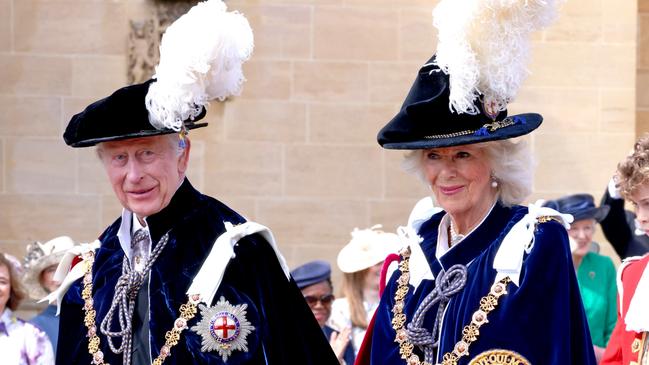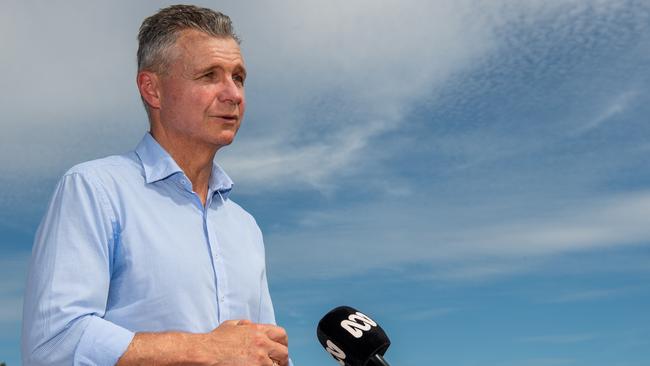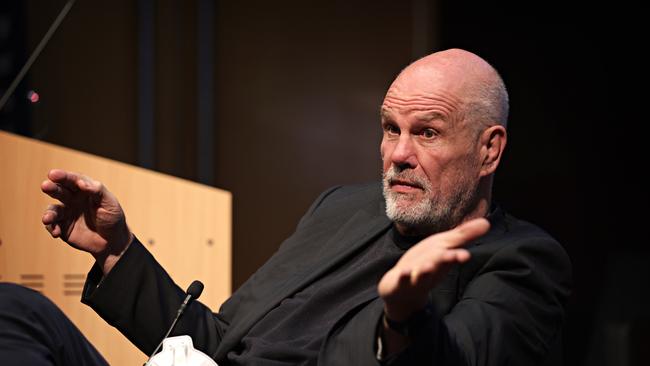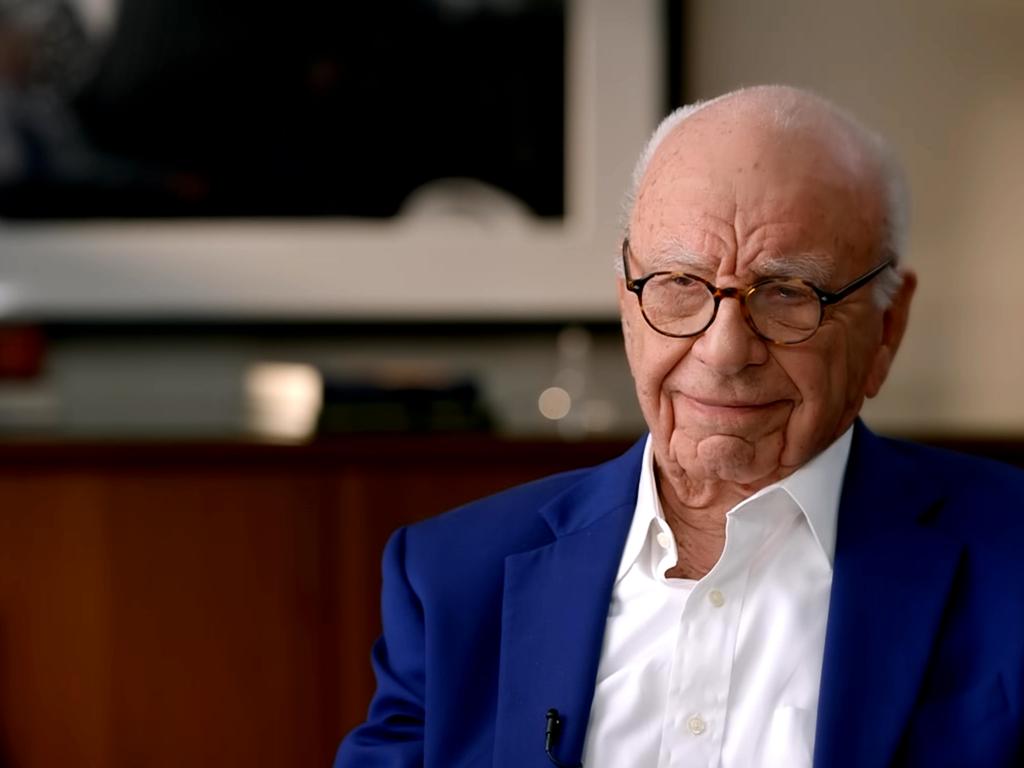
According to a poll undertaken by The Australian and released last week, support for a republic had grown by 4 per cent over the last decade.
For seven of those 10 years, Nine Media journalist Peter FitzSimons was the boss hog of the Australian Republic Movement. That makes FitzSimons Mr Four Per Cent, or if my maths is any good, Mr Three Per Cent.
At least support for an Australian republic has not gone backwards under Fitzsimons’s stewardship but the polling shows no great burgeoning sentiment for an Australian head of state either.
The disastrous referendum of 1999 where Australians were asked if they supported a proposed alteration to the Australian Constitution, “To establish the Commonwealth of Australia as a republic with the Queen and Governor-General being replaced by a President appointed by a two-thirds majority of the members of the Commonwealth Parliament” lost across the board 55-45. The proposal failed to win support in a single state and could claim a win only in the Australian Capital Territory.
The issue was dead and buried there and then with even the strongest voices suggesting the issue could only be revisited after the passing of Queen Elizabeth II.
Yet, Elizabeth’s death in September 2022 has provided no great momentum in the Australian community for a Republic. Four per cent is not exactly a tsunami of popular support or recognition that the time has come.
The Royals are a wacky bunch. I’ve always said that if the House of Windsor moved in next door, I’d sell up and move away.
Without their matriarch, they have descended into ugly family brawls, odd behaviours, self-exiles here and there, while one of the brothers of King Charles III, Andrew, felt obliged to conduct a train wreck interview to disavow his friendship with notorious pedophile, Jeffrey Epstein.
Andrews’ performance in front of a BBC camera was no mere train wreck. In metaphorical terms, it was a 12-carriage derailment that crashed through an orphanage, before the rolling stock finally came to rest on top of a box of kittens.
With all of that, a mere 4 per cent spike (still well short of a majority) has occurred despite the Albanese government installing an outer cabinet portfolio and minister to promote the notion of a republic, Assistant Minister for the Republic Matt Thistlethwaite. Even he has whacked an Australian republic on the back burner.

Thistlethwaite is in no hurry to get the referendum up and running. There is talk, soft and whispered of a referendum in the Albanese government’s second term, should that occur but hard commitments remain absent.
In February, Thistlethwaite kicked the republic can further down the road to an almost invisible point on the political horizon.
“I’m certainly committed to and still passionate about Australia hopefully having one day one of our own as our head of state. I’ll continue to perform that important work as an assistant to the Attorney-General,” Thistlethwaite said.
“We know that, unfortunately, the voice referendum wasn’t successful, but we’re not giving up. It’s a longer-term priority. But at the moment, the priority of the Albanese government is cost-of-living relief for Australians.”
The 1999 referendum failed for a host of reasons but the major one was that republicans could not agree on a model for the appointment of a head of state. That republicans could not come to agreement was said to be John Howard’s fault. Malcolm Turnbull declared the then prime minister “broke this nation’s heart.”
It was a strange remark given the republicans could not get their act together. The elites called for a parliamentary joint sitting super majority to appoint a president while the rank and file, quite rightly, believed the nation’s president should be elected by the people. The elites, most of them politicians, feared that an elected president might become more popular and thus enjoy more support in the community than a prime minister who spends most of his or her time in the political trenches.
Republicans had left a divide wide enough to drive a Leopard tank through. Constitutional monarchists took delight in the disunity. Disunity is death in politics and thus the 1999 referendum was virtually dead on arrival before a vote was cast.

After licking their wounds for many years, the Australian Republican Movement devised a hybrid model where the states and territories would propose one presidential candidate each with the federal parliament making three recommendations.
Thus 11 candidates in total would appear on a ballot with preferential voting to decide who becomes Australia’s president.
The ARM put its model up for comment when FitzSimons was still in the chair.
Despite it having a bit of a Gold Logie feel to it, the ARM model is a marked improvement. Still, 11 candidates might just deliver a dog’s breakfast of a result. In a preferential voting system, our new head of state could get the gig with 20 per cent or less in terms of primary votes and this is a long way from ideal.
My personal view is that we should install Jimmy Barnes as Australian President for Life and be done with it but the republicans insist on offering voters a choice from a cricket team.
In any event, the discussion is deeply esoteric, dripping in the hypothetical. There is no appetite in the community for another referendum and the Albanese government is so risk averse that any suggestion of a referendum causes heart flutters in the caucus.
The republic push is not dead but it is on life support and I don’t like the look of the patient’s ECG one little bit.






Australian republicans are due for a long wait. There is no specific timeline for a referendum on a republic. The Albanese government, gun shy after the failure of the Indigenous voice, has kicked the issue down the road, beyond its current term and possibly beyond the next, despite some growing support for a referendum.